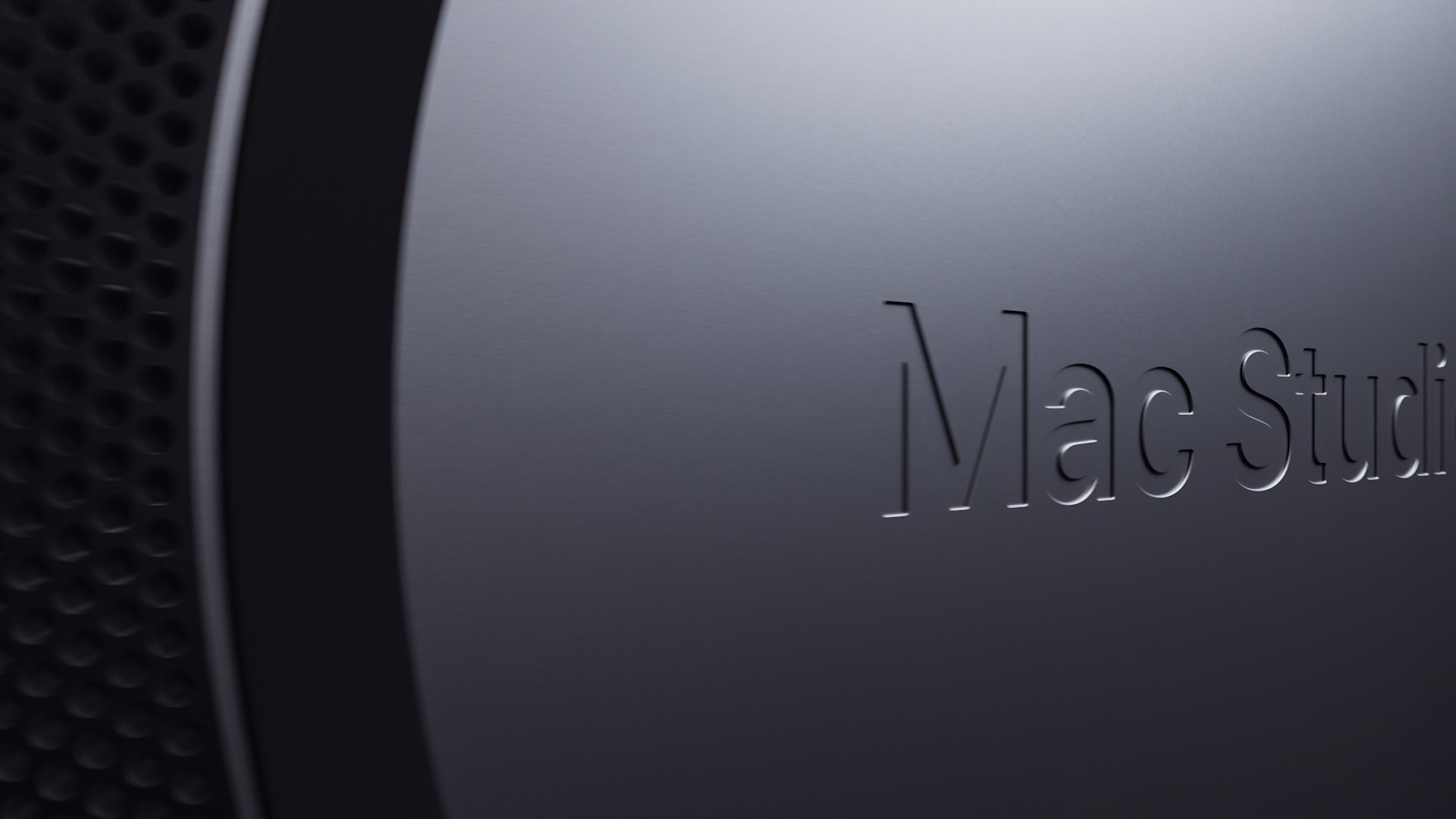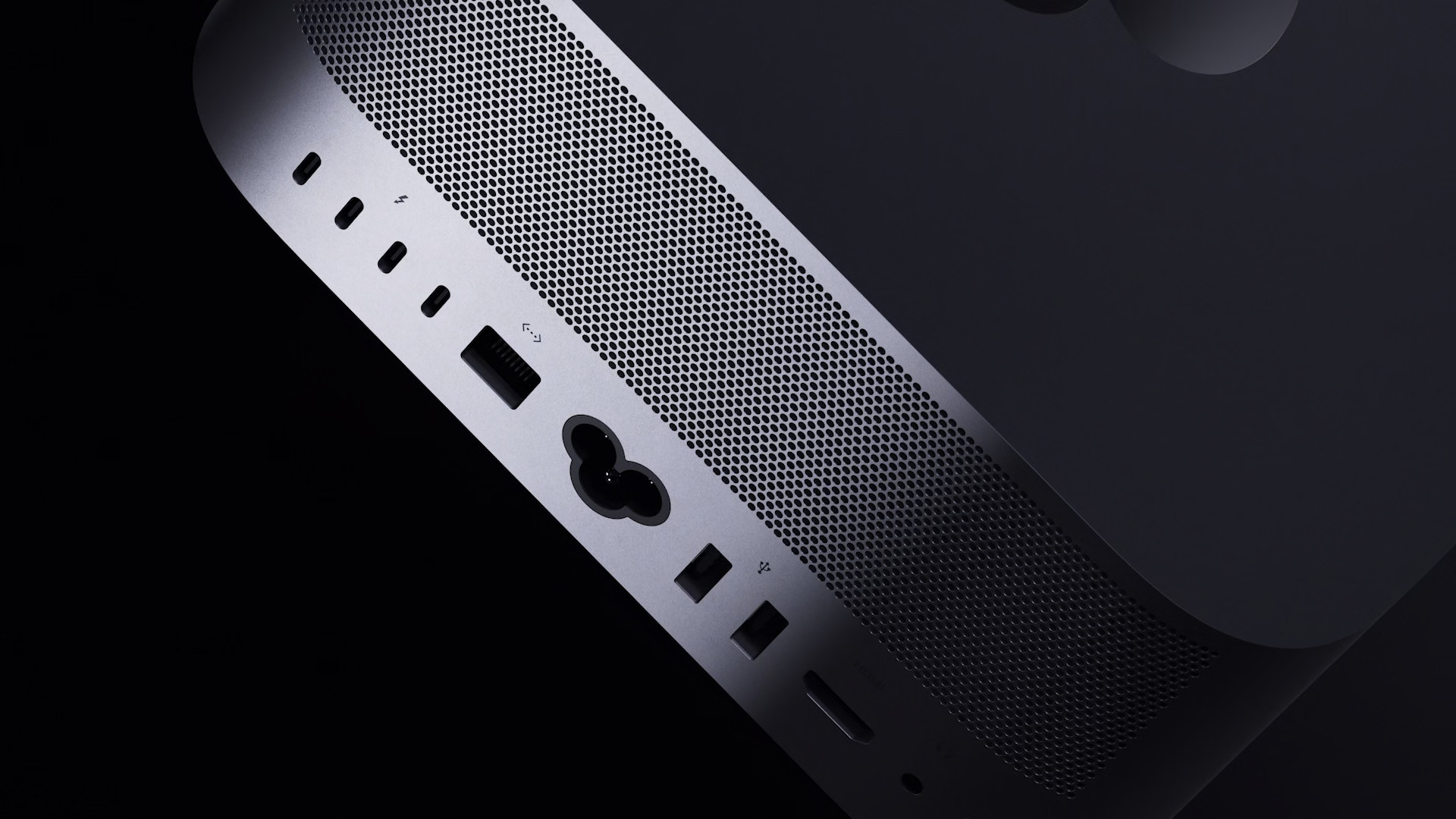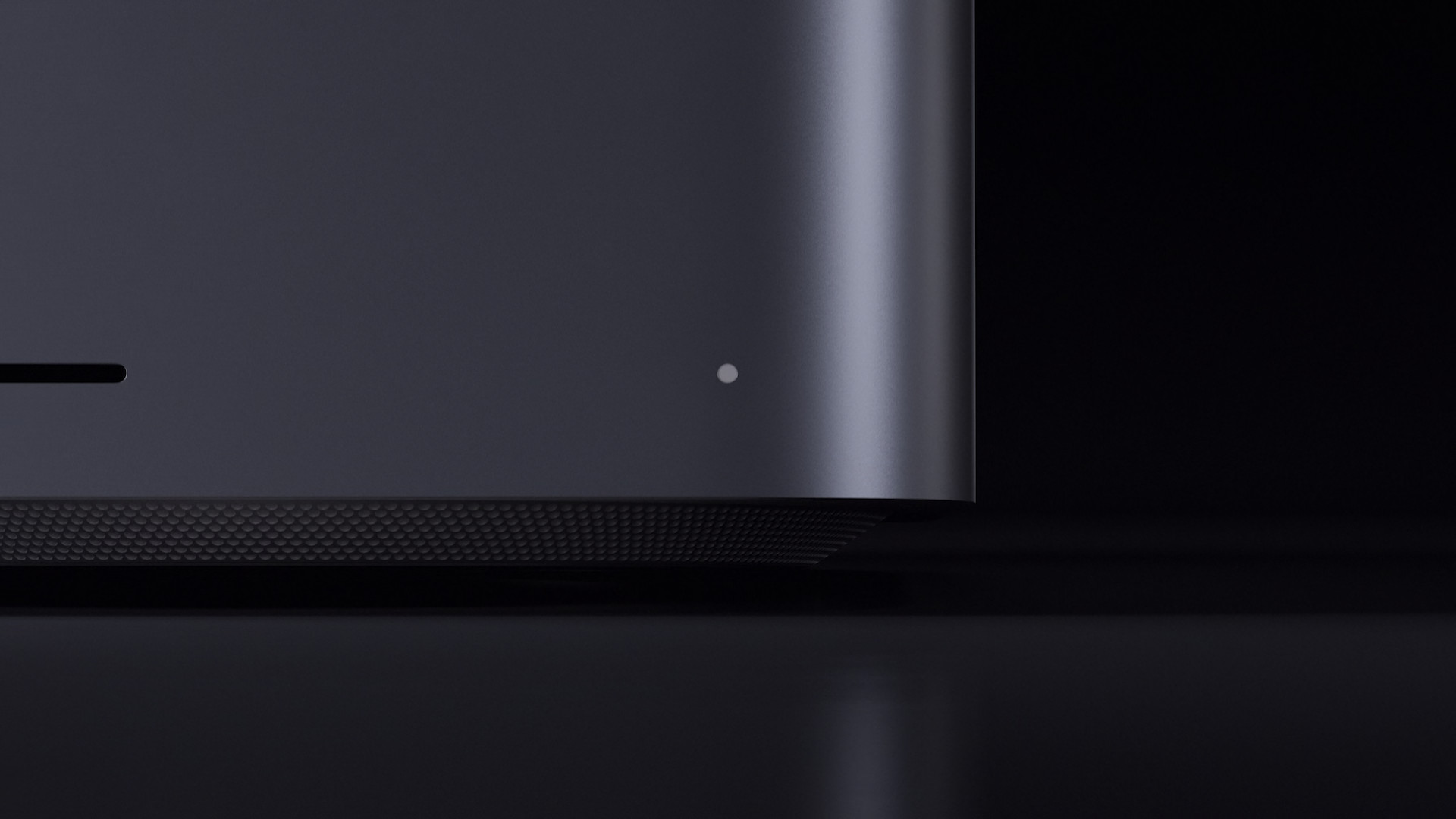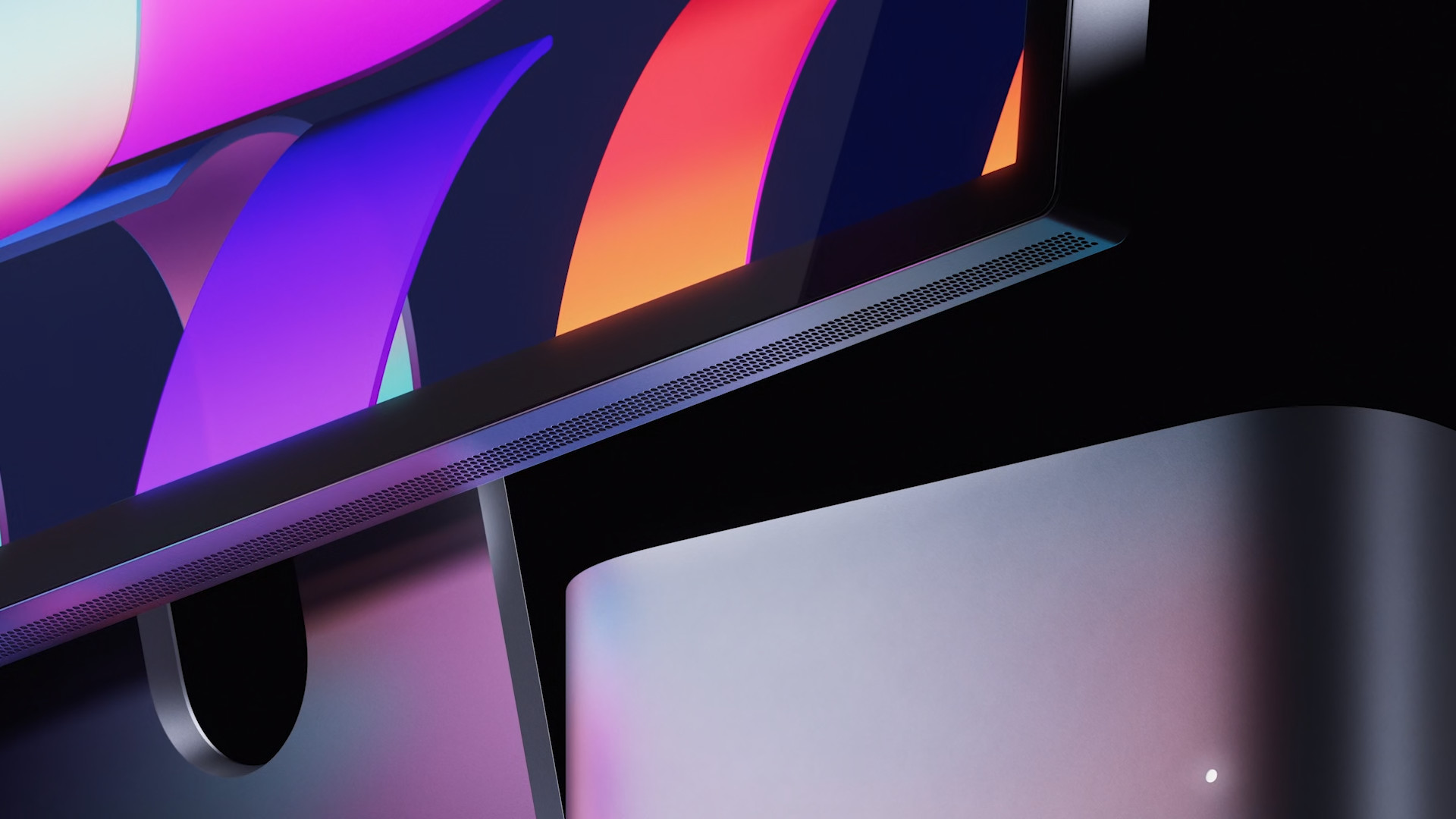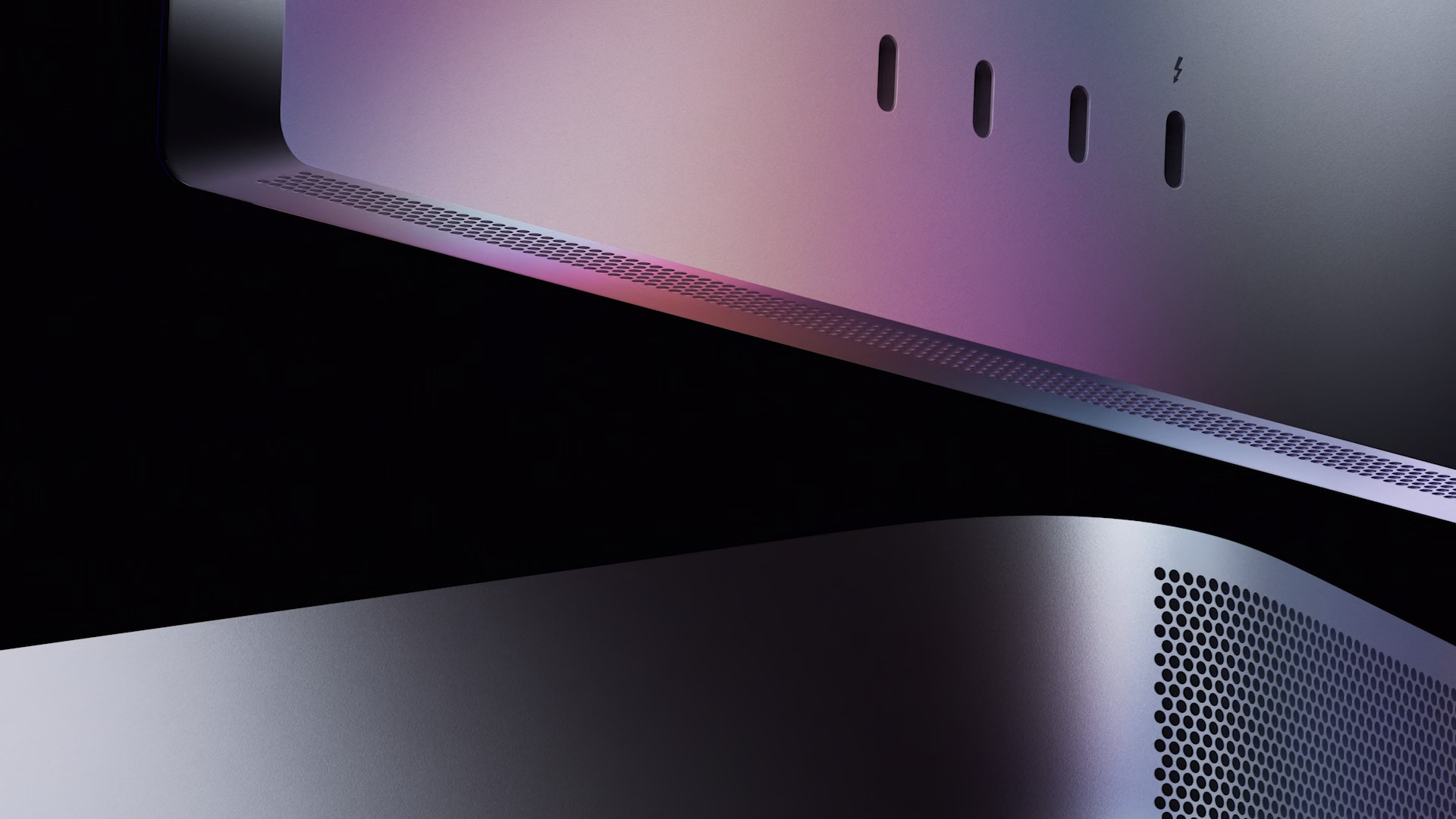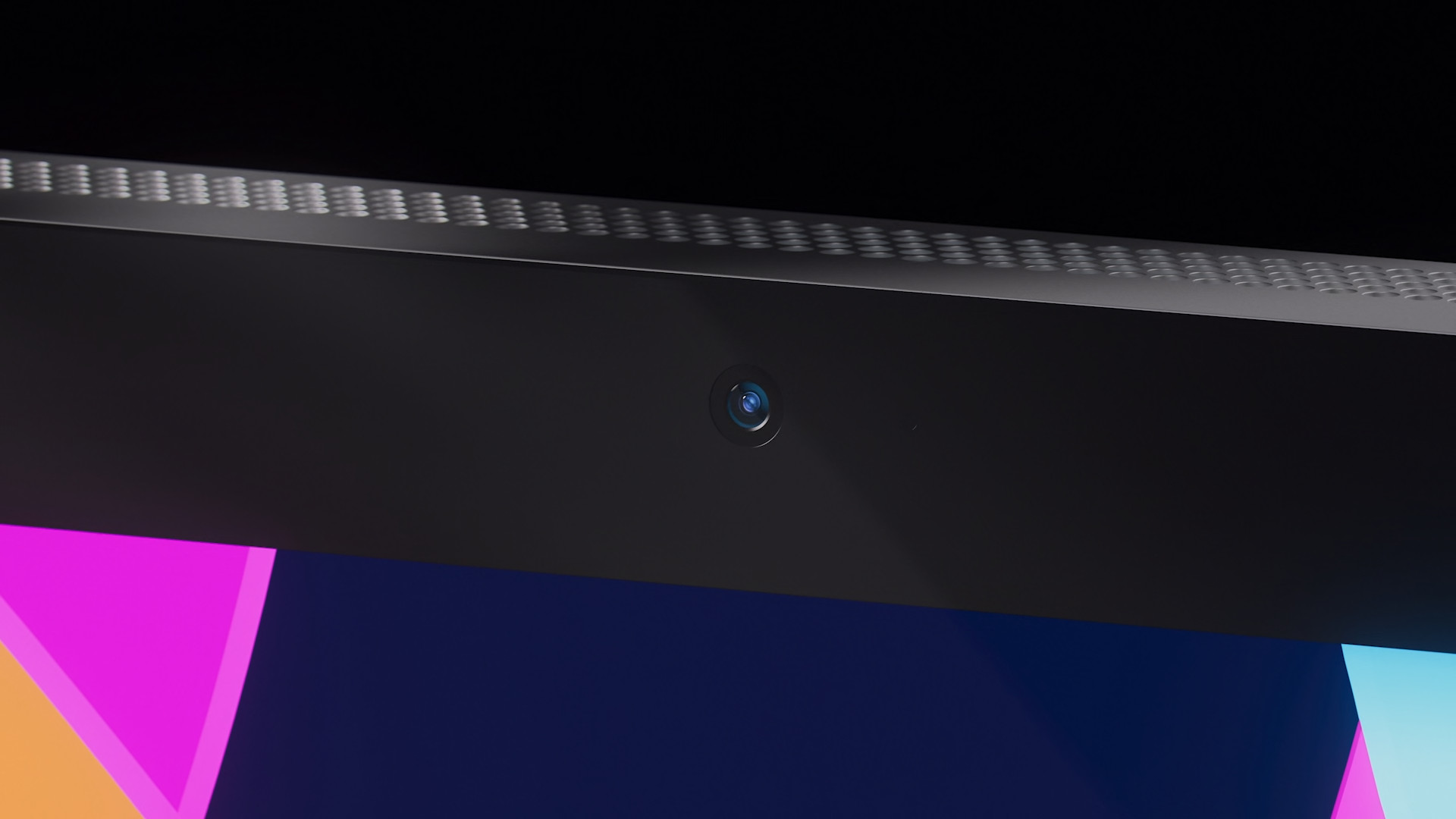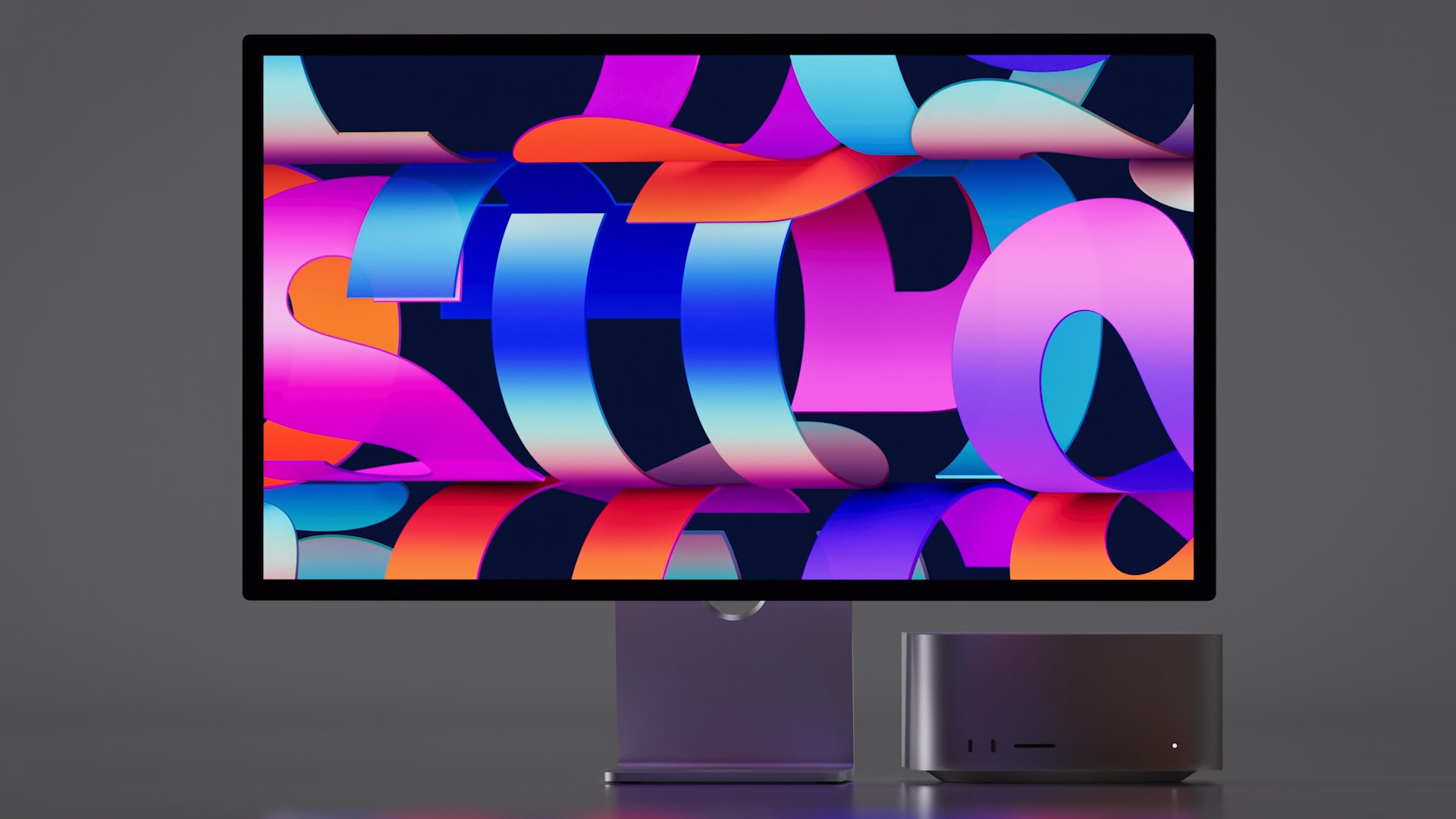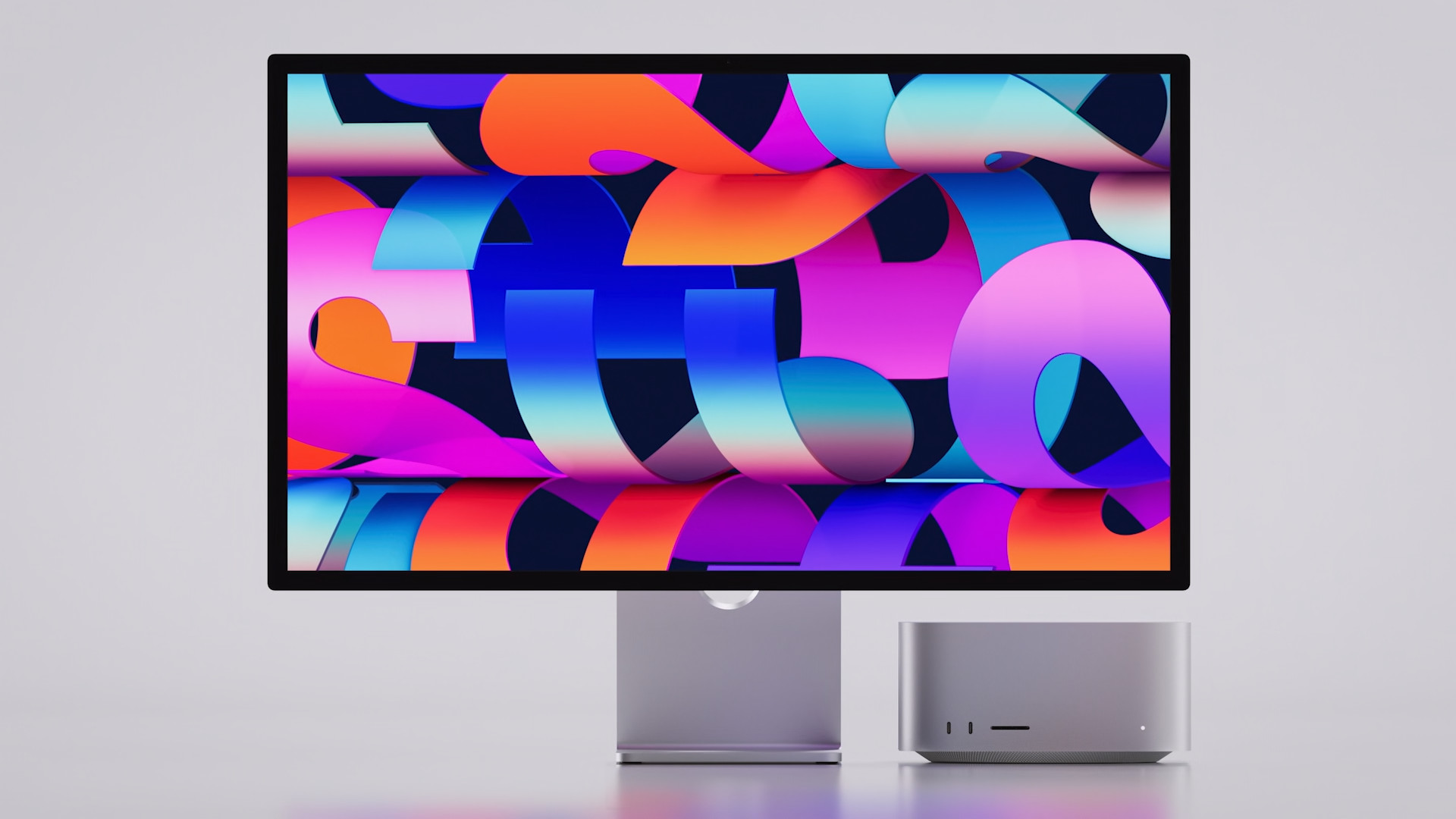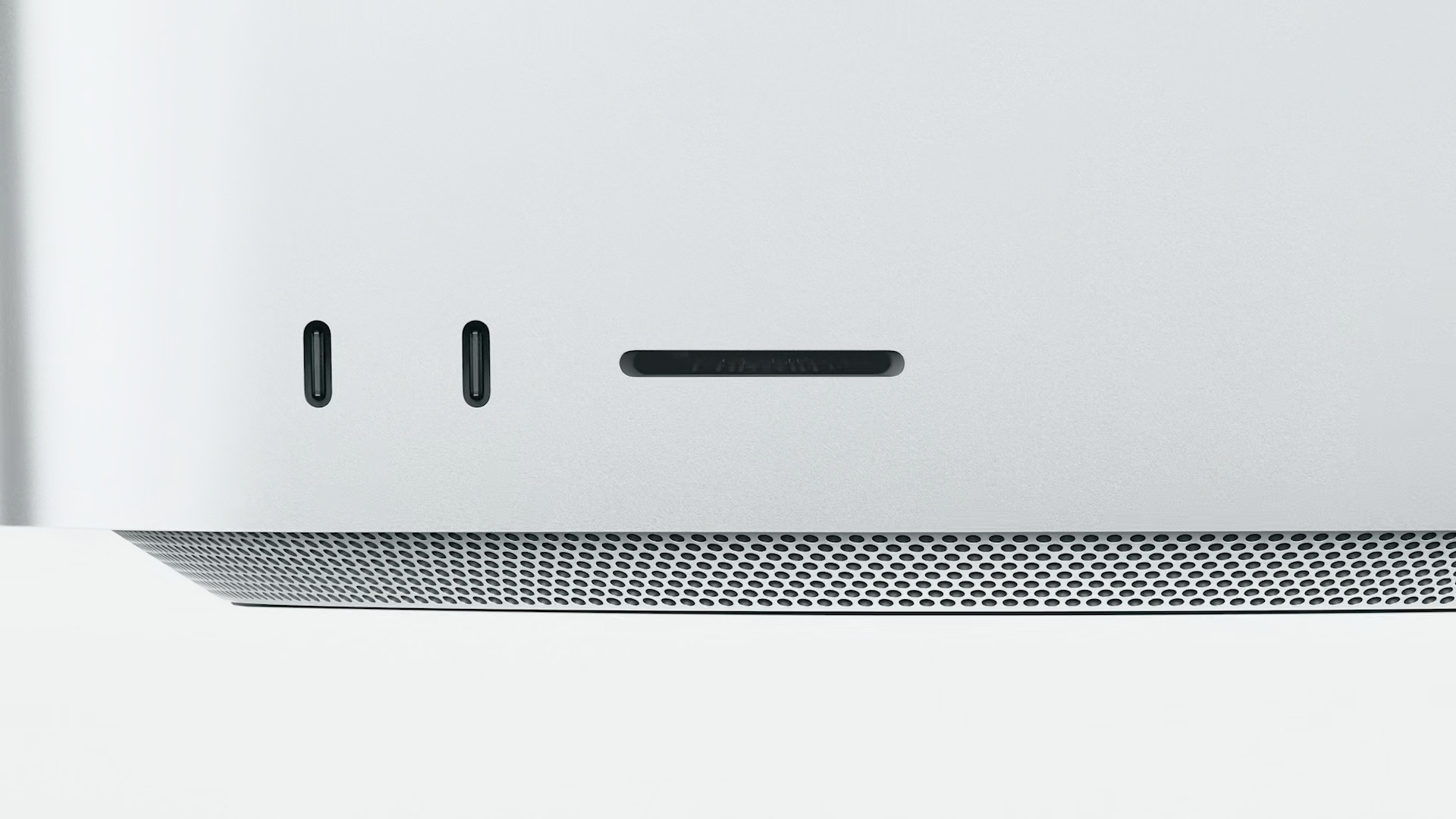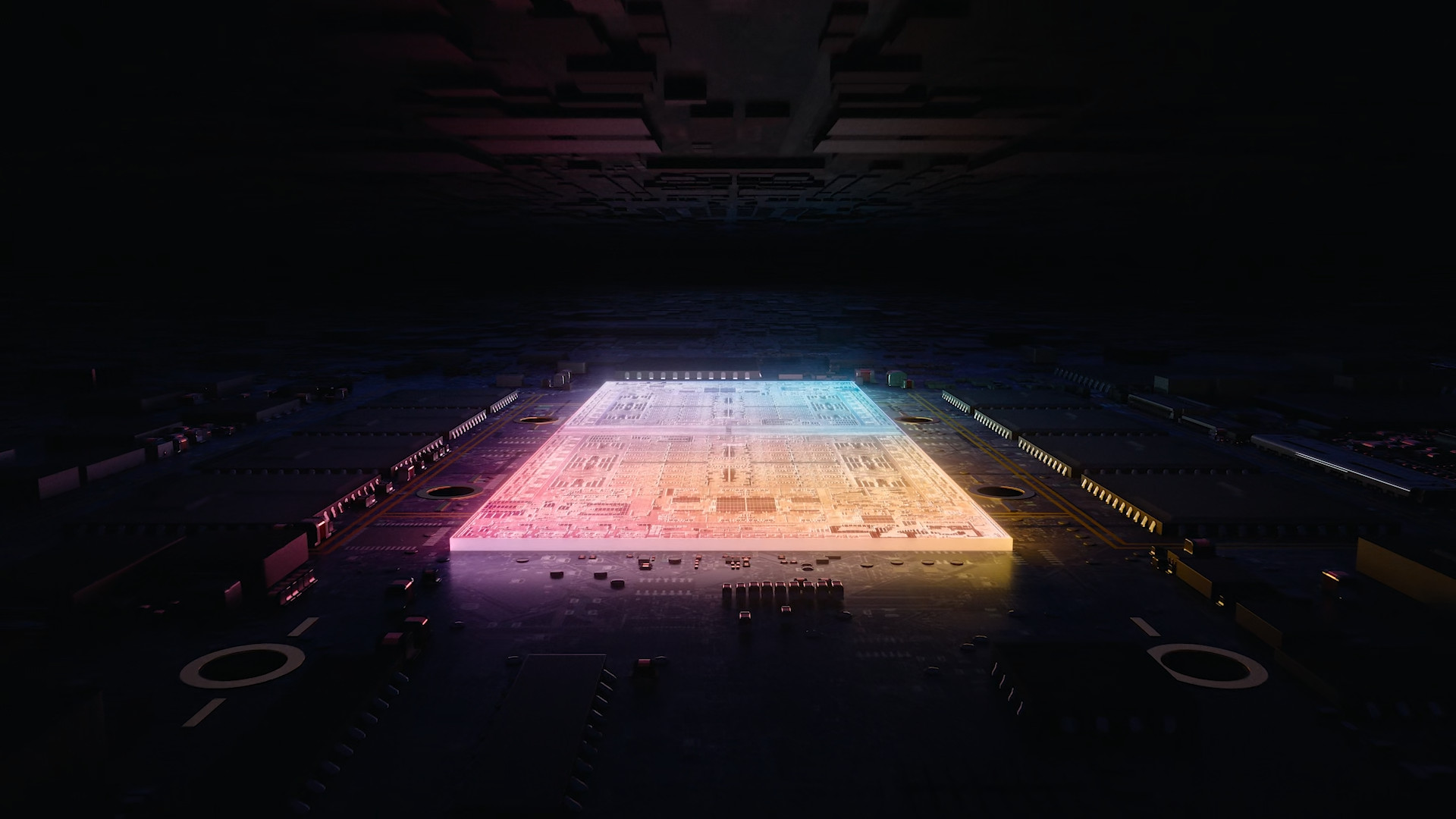Chipsets from the Apple Silicon family beat in the guts of today's Mac computers. Apple came up with them already in 2020, when it switched to its own solution instead of Intel processors. The giant designs its own chips, while the Taiwanese giant TSMC, which is a global leader in the field of semiconductor production, takes care of their production and technological support. Apple has even managed to end the first generation (M1) of these chips, while it is currently expected that we will see the arrival of two more second-generation models before the end of 2022.
It could be interest you
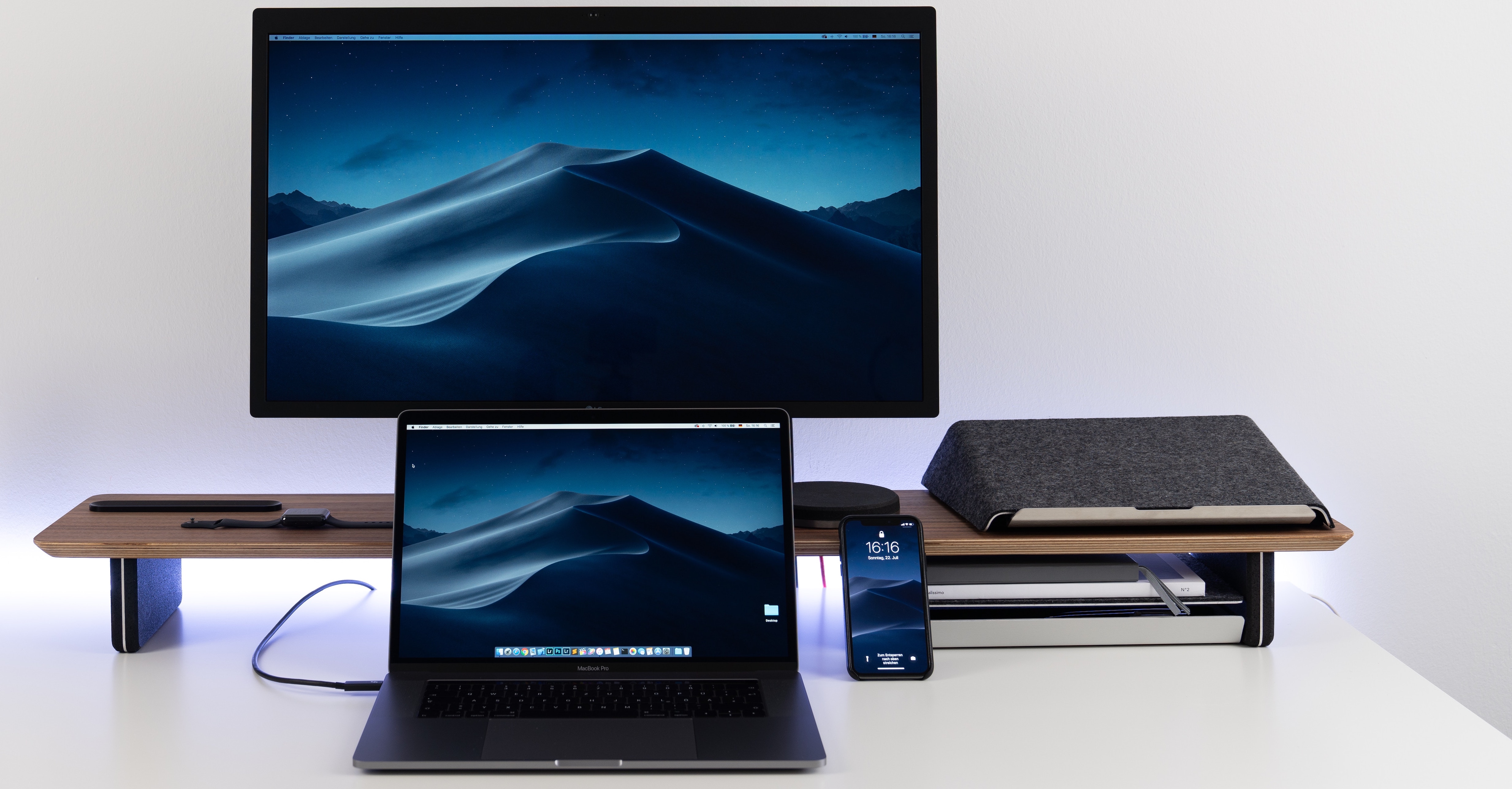
Apple Silicon chips helped raise the quality of Apple computers several steps forward. Specifically, we saw a great improvement in performance and efficiency. Apple focuses on performance per watt or power consumption per Watt, in which it noticeably outperforms the competition. Moreover, it was not the first change of architecture for the giant. Macs used Motorola 1995K microprocessors until 68, the famous PowerPC until 2005, and then x2020 processors from Intel until 86. Only then came the own platform built on the ARM architecture, or the Apple Silicon chipset. But there is a rather interesting question. How long can Apple Silicon last before it has to be replaced by newer technology?
Why Apple changed architectures
First of all, let's shed some light on why Apple actually changed architectures in the past and in total replaced four different platforms. In almost every case, however, he had a slightly different motivation. So let's quickly summarize it. He switched from Motorola 68K and PowerPC for a relatively simple reason – their divisions practically disappeared and there was nowhere to continue, which puts the company in a rather difficult situation where it is literally forced to change.
However, this was not the case with the x86 architecture and Intel processors. As I'm sure you know, Intel processors are still around today and make up a significant share of the computer market. In their own way, they remain in a leading position and can be found practically everywhere - from gaming computers to ultrabooks to classic office computers. However, Apple still went its own way and had several reasons for it. Overall freedom plays an important role. Apple thus got rid of its dependence on Intel, thanks to which it no longer has to worry about potential supply shortages, which has happened several times in the past. In 2019, the Cupertino giant even blamed Intel for the weak sales of its computers, which was allegedly caused by Intel due to delays in processor deliveries.
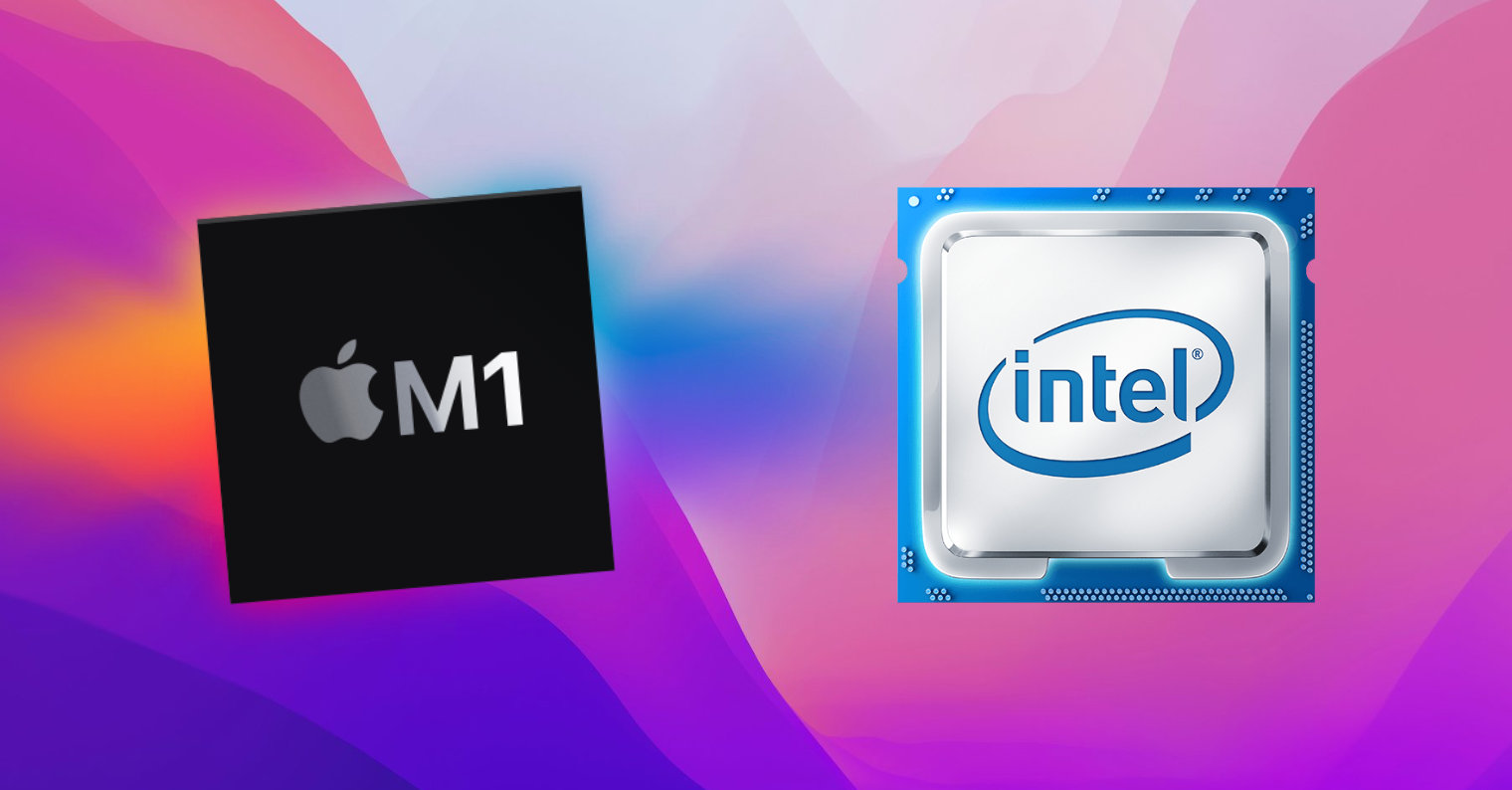
Although freedom is extremely important, it is possible to say that the main reason lies in something else. Processors built on the x86 architecture are going in a slightly different direction than Apple would like to go. On the contrary, in this respect, ARM represents a great solution on the rise, allowing you to use great performance in combination with great economy.
When will Apple Silicon end?
Of course everything has an end. This is precisely why apple fans are discussing how long Apple Silicon will actually be with us, or what it will be replaced with. If we look back an era at Intel processors, they powered Apple computers for 15 years. Therefore, some fans hold the same opinion even in the case of the new architecture. According to them, it should work reliably for about the same, or at least 15 years. So when we talk about a potential change of platform, it is necessary to realize that something like this will come in a few years.
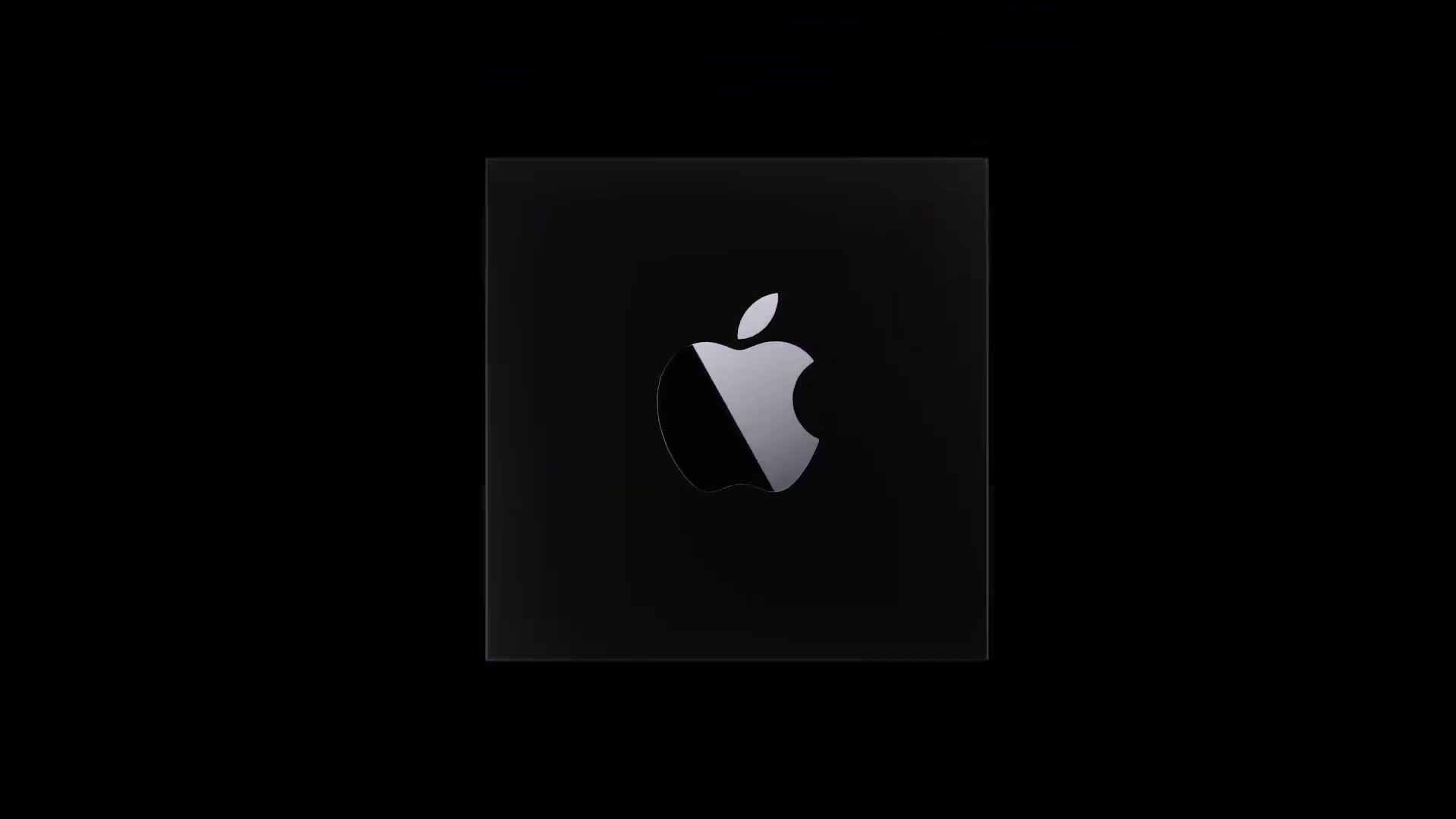
Until now, however, Apple has always relied on a supplier, while now it has bet on the approach of its own chips, which give it the already mentioned freedom and a free hand. For this reason, the question is whether Apple would abandon this benefit and start using someone else's solution again. But something like that seems highly unlikely for now. Even so, there are already signs of where the giant from Cupertino could be heading next. In recent years, the RISC-V instruction set has received increasing attention. However, we must point out that this is only an instruction set, which does not represent any architecture or licensing model for the time being. The key benefit lies in the openness of the whole set. This is because it is an open instruction set that is accessible practically freely and to everyone. On the contrary, in the case of the ARM platform (using the RISC instruction set), every manufacturer has to pay license fees, which also applies to Apple.
It could be interest you

It is therefore not surprising that the views of apple growers are moving in this direction. However, we will have to wait a few more years for such a change. In theory, it could happen for two fundamental reasons - as soon as the development of ARM chips begins to stagnate, or as soon as the use of the RISC-V instruction set begins on a large scale. But whether something like this will actually happen is unclear for the time being. It will be interesting to see how Apple would approach this task. It is quite possible that due to the openness of the set, he would continue to develop his own chips, which he would subsequently have produced by a supplier.
